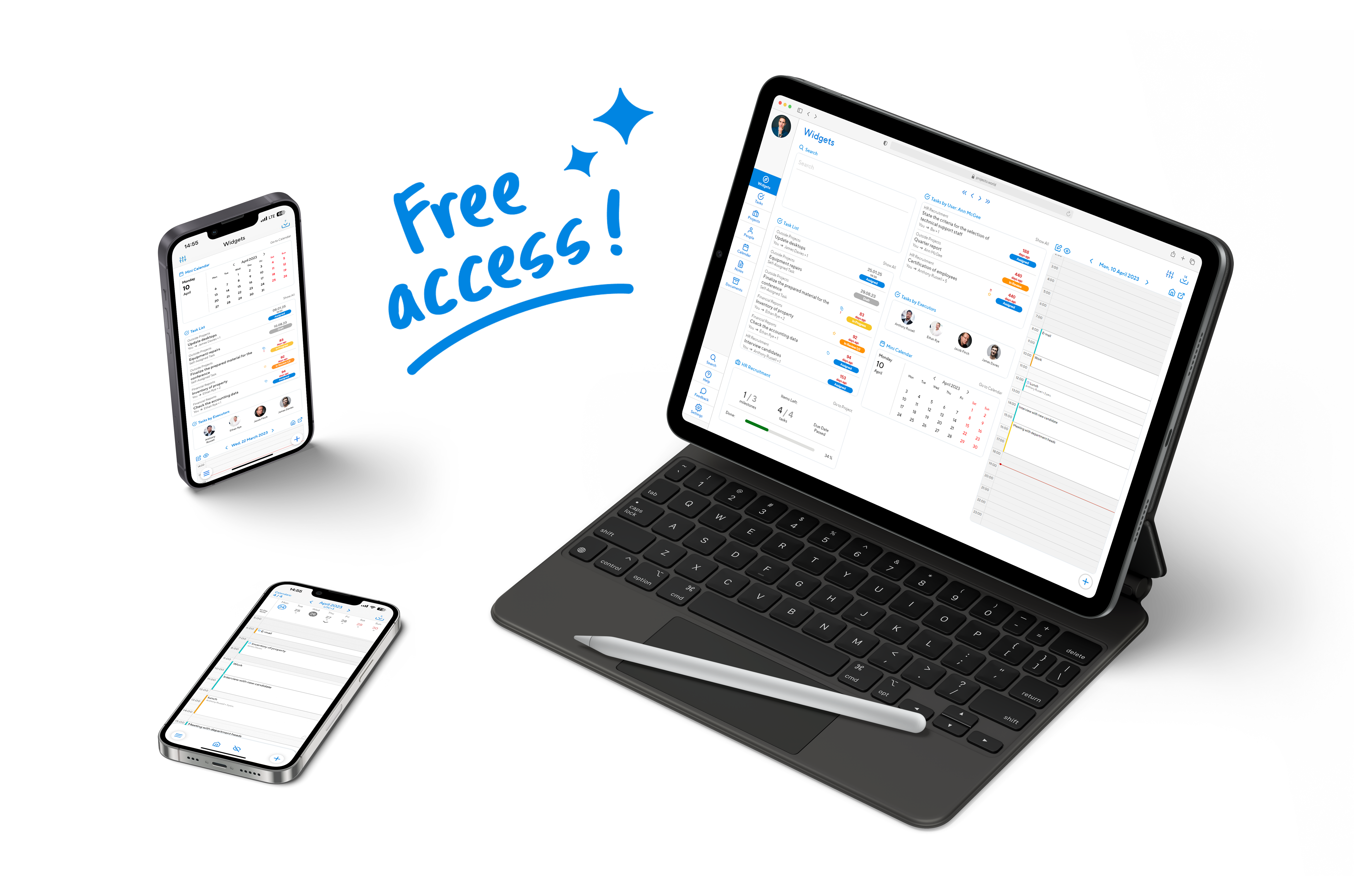Let’s recognize the difference between just subordinates and a team. The professional and personal skills of employees do not always match the expectations of the manager and project goals.
A team is a group of specialists who work as harmoniously as possible and adhere to a common goal. Such an effect is very difficult to achieve in many industries. Teams usually appear where there is a sufficient concentration of professionals in different fields — at the juncture of such people.
Teams and team approach are very often found in the work of web-agencies, IT-startups, in sports, in sales departments, on ships (sea and air), in creative teams, and others.
Creating a team is the dream of any manager. Members of such a team do not need constant supervision, they do not need special motivation or other incentives. Team members have high productivity by themselves, and in a team their efficiency is even higher.
However, a dream team is extremely rare.
What might be the tasks of a team leader?
As you can see from the description, the team does not need a manager. All participants know their responsibilities and goals. They do not need to be stimulated, they work without reminders and constant incentives from the management.
The team needs a leader!
This is something different from just a manager. Leader is also a member of the team with their own responsibilities and tasks.
Team Leader Tasks:
- coordination of actions (timely detection of stoppages and ‘rough edges, keeping statistics on the progress of individual employees and overall achievements on the way to the goal, prompts on priority goals, and so on);
- communication within the team (one of the key tasks; if the exchange of information between participants stops, the team will cease to be a team);
- communications with the outside world (with the customer, with superiors, with other departments within the organization, everybody, with whom you have to interact on work and nonwork issues);
- problem solving and conflict resolution (the leader’s personal authority and ability to resolve conflicts as fairly as possible is important here);
- assistance in weak areas (strengthening narrow areas by personal assistance or by reorientation of free resources);
- maintaining team spirit and motivation (and this is not only goal-setting, the team can interact and develop outside the workplace — at corporate events and team building events, training, seminars, and much more, a leader should know everything about his subordinates and be able to motivate the staff);
- analytics (analysis is necessary to understand that the movement is in the right direction, and the actions of employees bring the right result; to know and take into account mistakes, to be able to circumvent them in the future);
- training (live and learn, constant training for professionals is the key to success in the future, the manager is needed here more as a coordinator to keep this issue relevant and develop in the right direction).
In fact, here you can see many functions and tasks of any manager from the theory of general management: planning, setting tasks, providing, controlling, analyzing, and others.
And so it is, because the team leader remains a manager. This means that they are assigned all the functions associated with this status.
Effective tools
You need the right environment to minimize the risk of errors in the management process and to organize all workflows and communications.
Everything you require can be found inside Projecto.
- It is a cloud-based platform, so no software installation, updates and other issues. All you need is a browser.
- Any tasks, projects, and events can be easily discussed by the whole group.
- Results and decisions are stored in the history and can be easily accessed at any time.
- There is an end-to-end search system.
- The system adapts to virtually any project management methodology.
- No one misses a task thanks to the daily to-do list, the notification system and the availability of mobile apps (smartphones are almost always with their owners).
- Simple process of delegating and splitting tasks into components.
- It is possible to conduct personal correspondence.
- There are convenient calendars, document and counterparty storage, employee cards and much more.
Tasks are visualized in a convenient format: Gantt charts, calendar charts and Kanban boards.
You can try Projecto in action — here.
